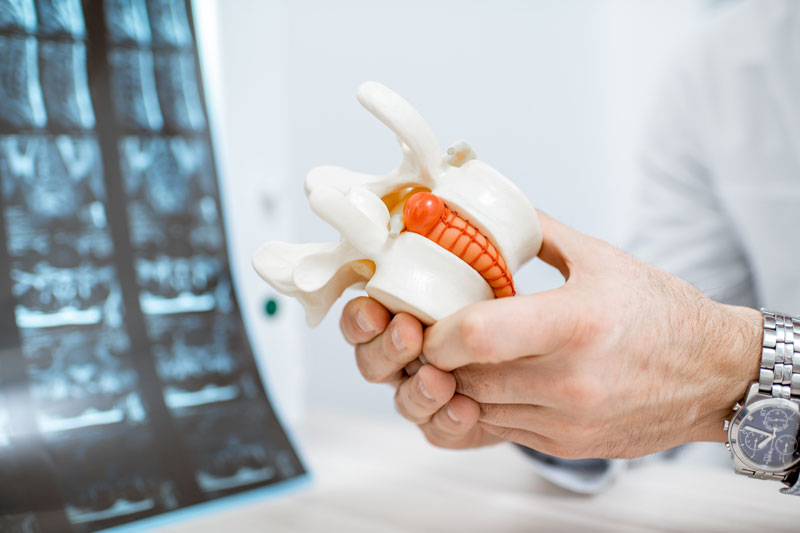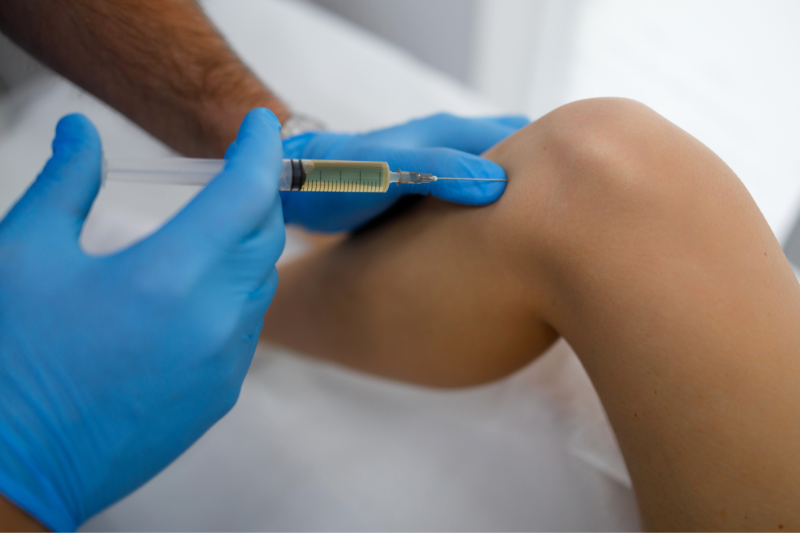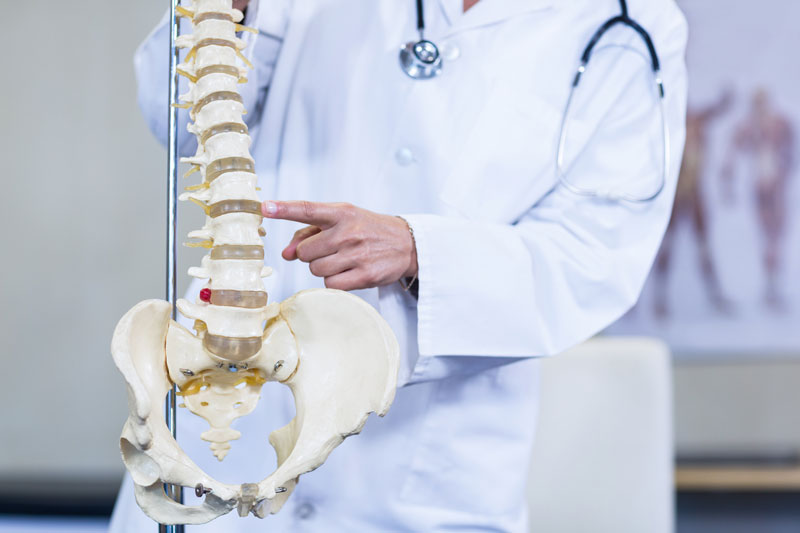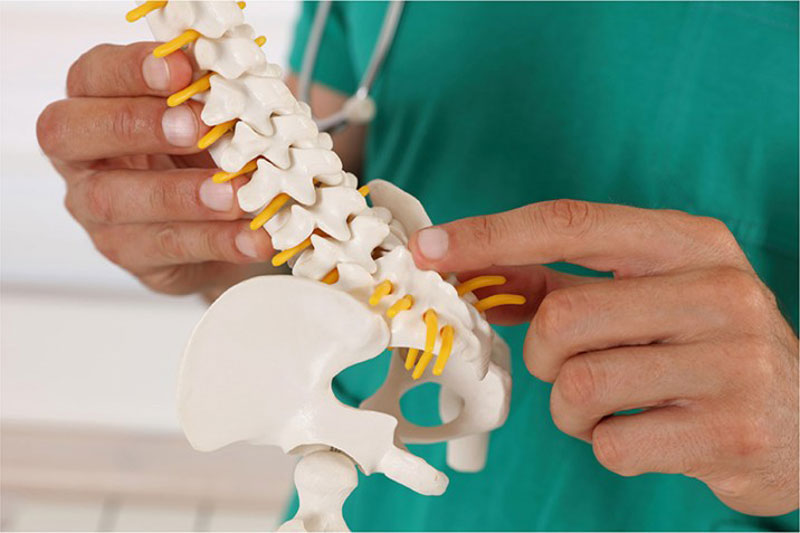What is Trigeminal Neuralgia?
Trigeminal neuralgia is a complex pain syndrome that affects one particular nerve in your face. This nerve, the trigeminal nerve, is located just in front of your ears on either side of the head and has three major branches.- The ophthalmic nerve (the upper branch): This nerve branch involves the scalp and forehead, the upper eyelid, the eye, the nose, and the frontal sinuses
- The maxillary nerve (the medial branch): The medial branch involves the lower eyelid, cheek, upper lip, teeth, gums, nose, palate, part of the back of the throat, and most of the sinus
- The mandibular nerve (the lower branch): This branch is responsible for motor function and also works the lower lip, teeth, gums, the floor of the mouth, the front of the tongue, the chin, the jaw, and parts of your external ear
What causes Trigeminal Neuralgia?
Trigeminal neuralgia has a variety of causes. The majority of the time, pressure on the trigeminal nerve root is the leading cause. This pressure may be due to a swollen, inflamed artery in the head that is applying pressure to the area, or it may be due to some other injury or trauma. Occasionally, the place where the nerve root enters the skull also becomes narrower, causing pressure. Other causes of compression include the following:- Tumors (vestibular schwannoma or meningioma)
- Epidermoid cyst
- Aneurysm (bulging of a blood vessel)
- Trauma
- Lupus
- Shingles (herpes zoster)
- Multiple sclerosis
What are the symptoms of Trigeminal Neuralgia?
The symptoms of trigeminal neuralgia are unmistakable. The most frequent symptom is sudden, severe, stabbing, recurrent episodes of pain on one side of the face that are recurring. This pain occurs most often on just one side of the face but can occur on both. A constant aching or burning sensation, or a tingling sensation or aching preceding the pain episodes, has been reported by some patients. Symptoms include:- Attacks of pain lasting from a fraction of a second to two minutes that affect one or more of the innervated areas of the trigeminal nerve
- Intense, sharp, superficial, or stabbing facial pain
- Burning, constant facial pain
- Pain appears with identifiable triggers
- Attacks are stereotyped in the individual patient
- There are no clinically evident neurologic deficits
- Pain that cannot be attributed to another disorder
- Slight breeze
- Washing the face
- Shower spray
- Brushing teeth
- Applying makeup
- Sneezing
- Brushing hair
- Eating
- Talking
- Drinking
What are my treatment options for Trigeminal Neuralgia?
Trigeminal neuralgia is just as challenging to treat as it is to diagnose. Once diagnosed, it’s important to start treatment right away. There are four types of trigeminal neuralgia treatments.- Medications such as anti-inflammatory, anticonvulsant, and antidepressant medications may be the first method to treat the pain. Most pain physicians recommend periodically tapering medications down in patients experiencing pain relief in order to check for the occasional permanent remission.
- Local anesthetic blocks may occur after or in conjunction with medications but are only temporary
- Surgery may provide relief when the more conservative options have failed. One of the surgical procedures that may help is Radiofrequency ablation (RFA).
- Alternative and complementary treatments such as Peripheral nerve stimulation (PNS) or spinal cord stimulation (SCS) are minimally-invasive treatment options that replace pain signals with a mild tingling sensation. These treatments may offer the potential for long-term management of pain without invasive treatment or prescription medications. Because there is a trial period for SCS or PNS, these procedures are less invasive, reversible, adjustable, and testable for patients in pain.













